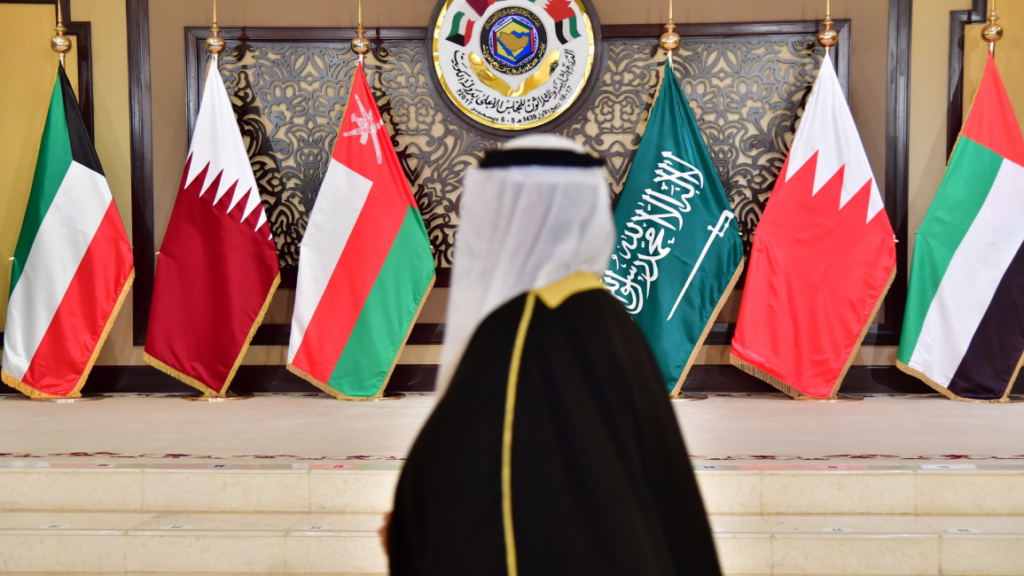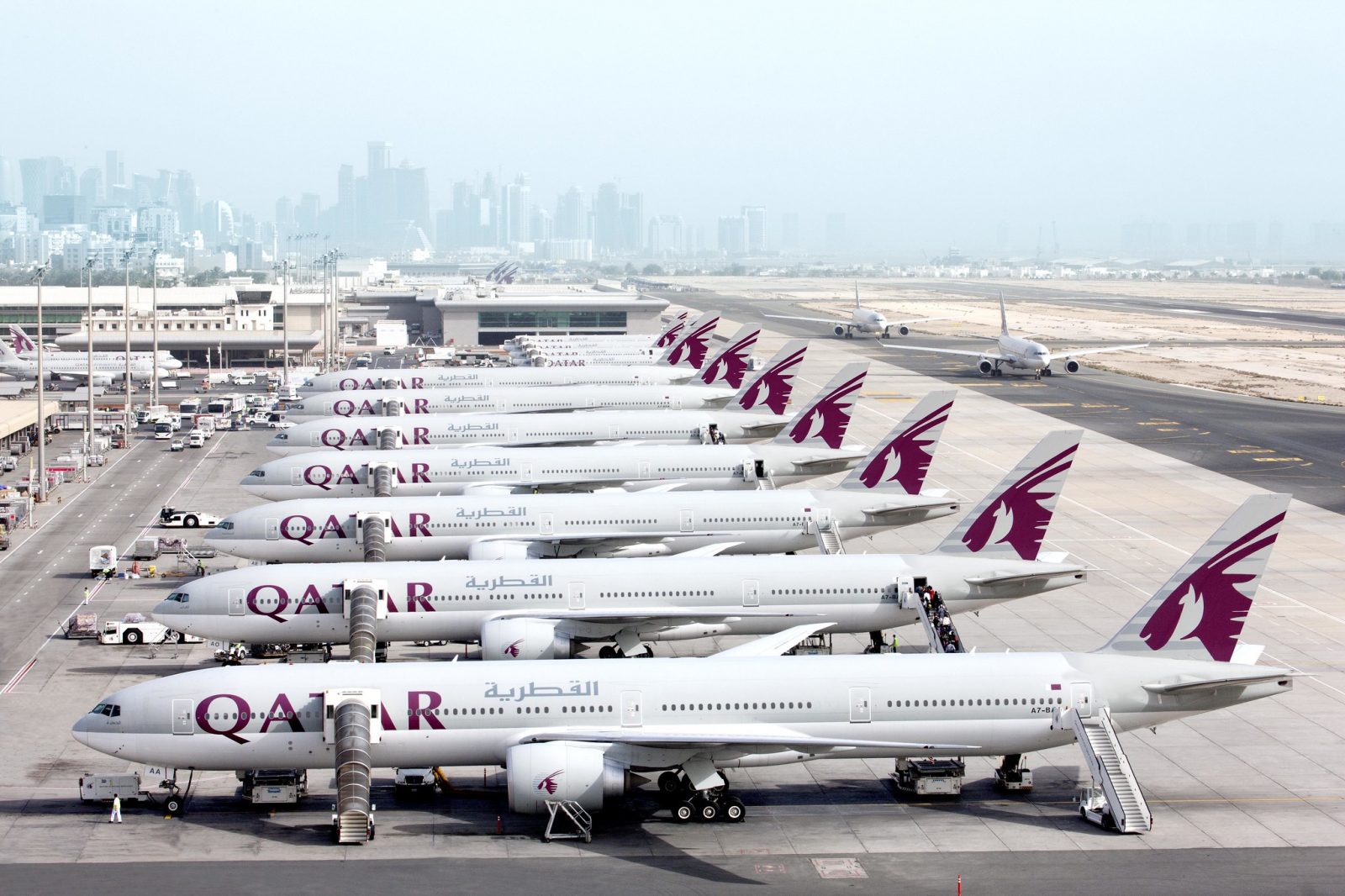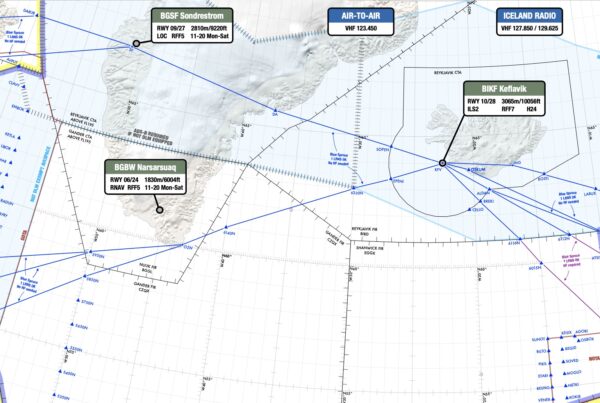Plans are underway to establish a new flight information region in a busy air corridor over the Middle East.
Since 2018, Qatar has been campaigning to control its own airspace by establishing the Doha FIR – a process that would involve cutting the existing OBBB/Bahrain FIR in half.
For the first time, an improving political environment has led ICAO to give Qatar the go-ahead, as long as it can work directly with Bahrain to sort out all of the technical side of things. When established, over thirty percent of traffic in and out of the UAE will pass through the new airspace and so it is worth taking a closer look.
A little background.
With the exception of terminal airspace at OTHH/Doha, Qatar’s air traffic is controlled by Bahrain in a long standing agreement. Qatar first proposed to assume control over its own airspace three years back – a suggestion that was opposed by several countries including the UAE, Saudi Arabia and Bahrain.
Why?
Primarily because it came at a politically sensitive time.
Just the year before a diplomatic crisis led to Saudi Arabia, the UAE, Bahrain and Egypt (among others) cutting ties with Qatar. From an aviation perspective, a blockade was formed which prevented Qatari registered aircraft from using their airspace and vice versa. From an operational perspective there was likely little regional appetite to release a large chunk of Middle Eastern airspace into a political road block.
Thus criticisms were quickly tabled. The primary feedback was this:
- Qatar hadn’t provided operational justification for the change.
- An additional ANSP in this busy piece of airspace would make co-ordination more complicated.
- Safety may be compromised, while cost would go up for operators.
- Bahraini air traffic control had done a great job of safe and efficient flow of traffic for decades, why change?
- Capacity would tank.
Qatar on the other hand argued that the proposal would improve safety while providing some economic award for the industry too.
Then things changed.
Earlier this year while the world continued to revel in the ‘delights’ of a certain pandemic, the political situation for aviation in the Middle East changed for the better. Following a successful GCC summit, the blockade was lifted. Meaning all parties could once again use each other’s airspace. Tensions subsided and it was good news for fuel burns and flight times.

A successful GCC Summit this year saw the Qatar Blockade lifted.
Enter the Chicago Convention.
The what? Spoiler alert: It has nothing to do with the Cubs. It’s basically the landmark agreement among all ICAO member states that establishes the core principles for international ops. It’s a big deal. Buried within its many hallowed pages is this: each state has ‘complete and exclusive sovereignty over the airspace above its territory’. And ICAO have agreed that in this case, the principle applies.
So what is the proposed airspace going to look like?
Pictures are always better than words. So here are some pictures:

Why do ICAO only agree ‘provisionally’?
Because quite a bit of work needs to happen behind the scenes to make the proposal a reality.
Essentially Qatar has to do two things:
- Prove that safe and efficient systems and infrastructure are in place in their airspace to be.
- They need to work directly with Bahrain to report back on all of the technical arrangements that will make the proposal real. It is not the easiest task for either side given diplomatic histories but in promising signs for the region, work is under way.
What happens now?
Qatar and Bahrain are due to report back to ICAO later this year, likely November or December. How long after that meeting the changes may be implemented is still up in the air (bad pun not intended).
But keep an eye out for updates on the change which appears to now be well on its way to altering the skies over the Middle East.
More on the topic:
- More: Ops Planning for the World Cup 2022
- More: The Doha FIR: Qatar is finally getting its own airspace
- More: Gulf routings set to ease up as Qatar blockade comes to an end
- More: Who is still flying over Syria?
- More: Qatar airspace update – military jets intercepting civil flights
More reading:
- Latest: OPSGROUP is hiring! Wanted: Junior International Ops Specialist
- Latest: LOA Guide for US Operators
- Latest: NAT Ops: Flying the Blue Spruce Routes
- Safe Airspace: Risk Database
- Weekly Ops Bulletin: Subscribe
- Membership plans: Why join OPSGROUP?











 Get the famous weekly
Get the famous weekly 






Dear Chris !
Thank you for the article.
From dispatch side we fear lots of restrictions implemented simply by the quite “complicated” requirements of approvals required crossing the Doha TMA already theses days. Is there a contact with ICAO you know to whom we can raise concern and to have similar requirements established as now for Bahrain?
Thank you and regards
Mike
Good day Chris, this is a good question. Appreciate any update on that as well
Thank you very much.
Is there any new development in this issue?